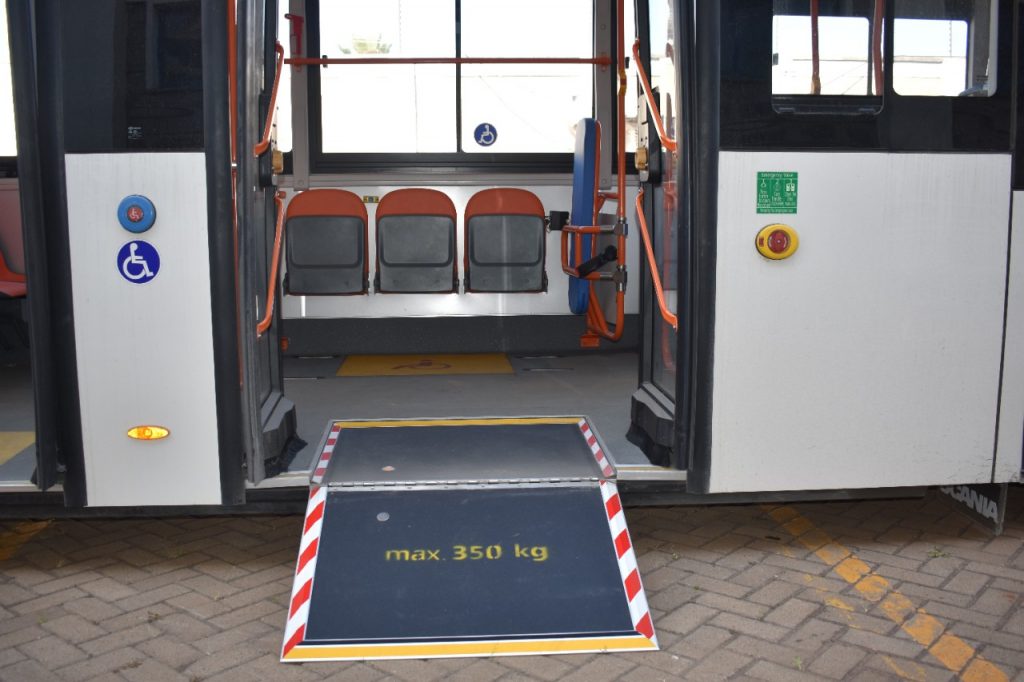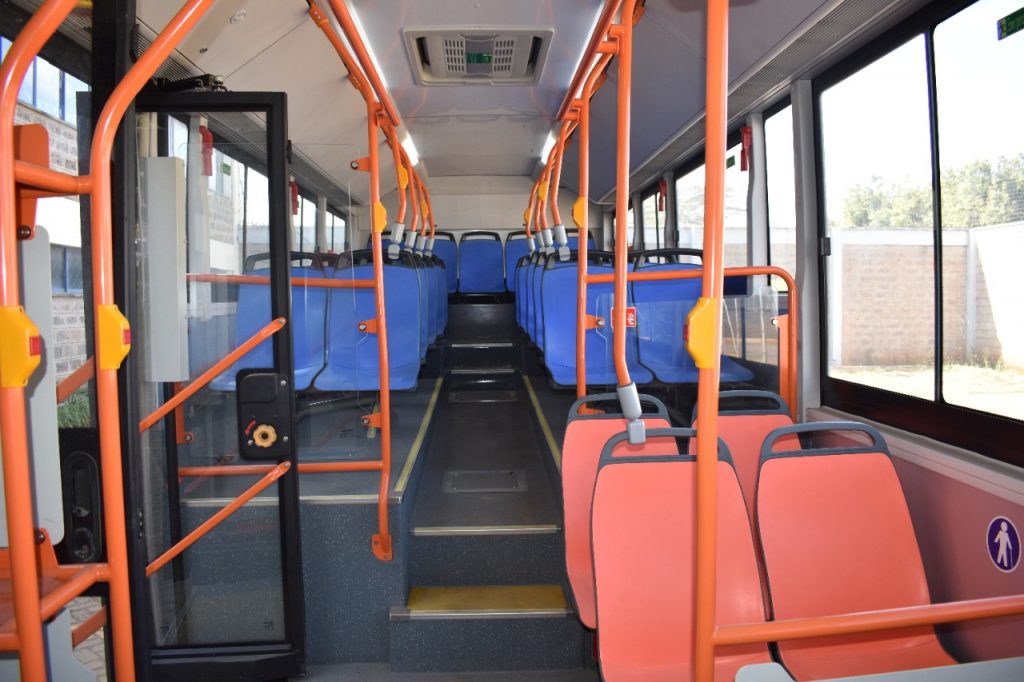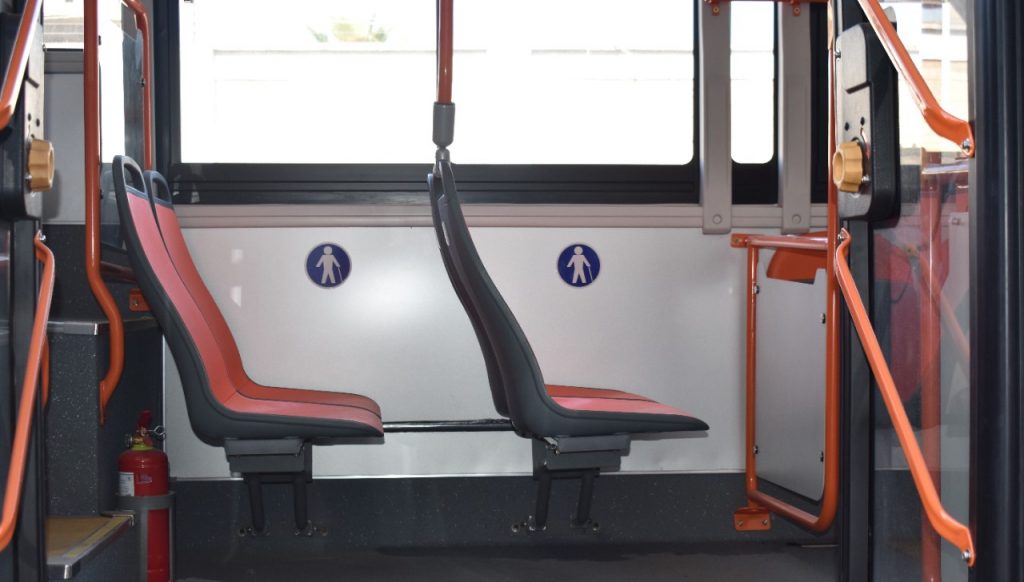Swedish vehicle manufacturer Scania has unveiled a 91-seater bus specifically designed for Nairobi’s notorious streets.
The bus was developed in line with specifications from the Nairobi Metropolitan Transport Authority (NAMATA). Scania hopes that the bus will be used in the Bus Rapid Transport (BRT) plan to decongest the city.
The bus has capacity for 37 seated passengers and 54 standing. In addition, it includes a wheelchair bay for differently abled persons.
According to Scania, the bus promises a comfortable mode of transport for the daily commute.
“We are targeting the national government, bus operators, county governments, institutions such as Kenya Railways, Kenya Airports Authority and Kenya Ports Authority to purchase the bus.

“We are ready to bring in CKD (Completely Knocked-Down) units to be assembled at AVA (Associated Vehicle Assemblers Ltd) in Mombasa, for both chassis and body when there is demand for the unit,” revealed Scania East Africa Pre-Sales Manager Peter Gwaro.
The bus is built by HIGER, a body builder in China, on a Scania K250 UB 4×2 LB chassis.
READ>>>>>Revamped Commuter Rail Service Gets Nairobians Talking [PHOTOS]
It has various safety features, including an automatic gearbox, an integrated hydraulic retarder and an automatic hill hold function for controlling the bus stop brake.
When the driver brakes on an uphill gradient, the brakes are automatically kept applied with the hill hold function.
To make it easier for people with disabilities to get on and off the bus, it comes with kneeling control and the option of raising or lowering the entire vehicle.
“The bus can be raised approximately 100mm and lowered by the same amount, and it returns to is normal level automatically at speeds exceeding 30 km/h or with a switch,” Scania noted.
Scania will be hoping to play a major role in the implementation of the BRT system in Nairobi as they did in Accra, Ghana.
In Ghana, the company was contracted to roll-out a BRT system which Scania described as “the most comprehensive in the company’s history”.
It included deployment of 245 buses, long-term financing, an electronic ticketing system, a modern workshop for service and maintenance of all the vehicles and training for 600 bus drivers.
Aside from decongesting the city, it is hoped that the BRT system in Nairobi will result in improved road safety by separating commuter buses from the rest of traffic.
READ>>>>>New Bill Seeks to Prioritize Cyclists, Pedestrians on Kenya’s Roads















Leave a comment